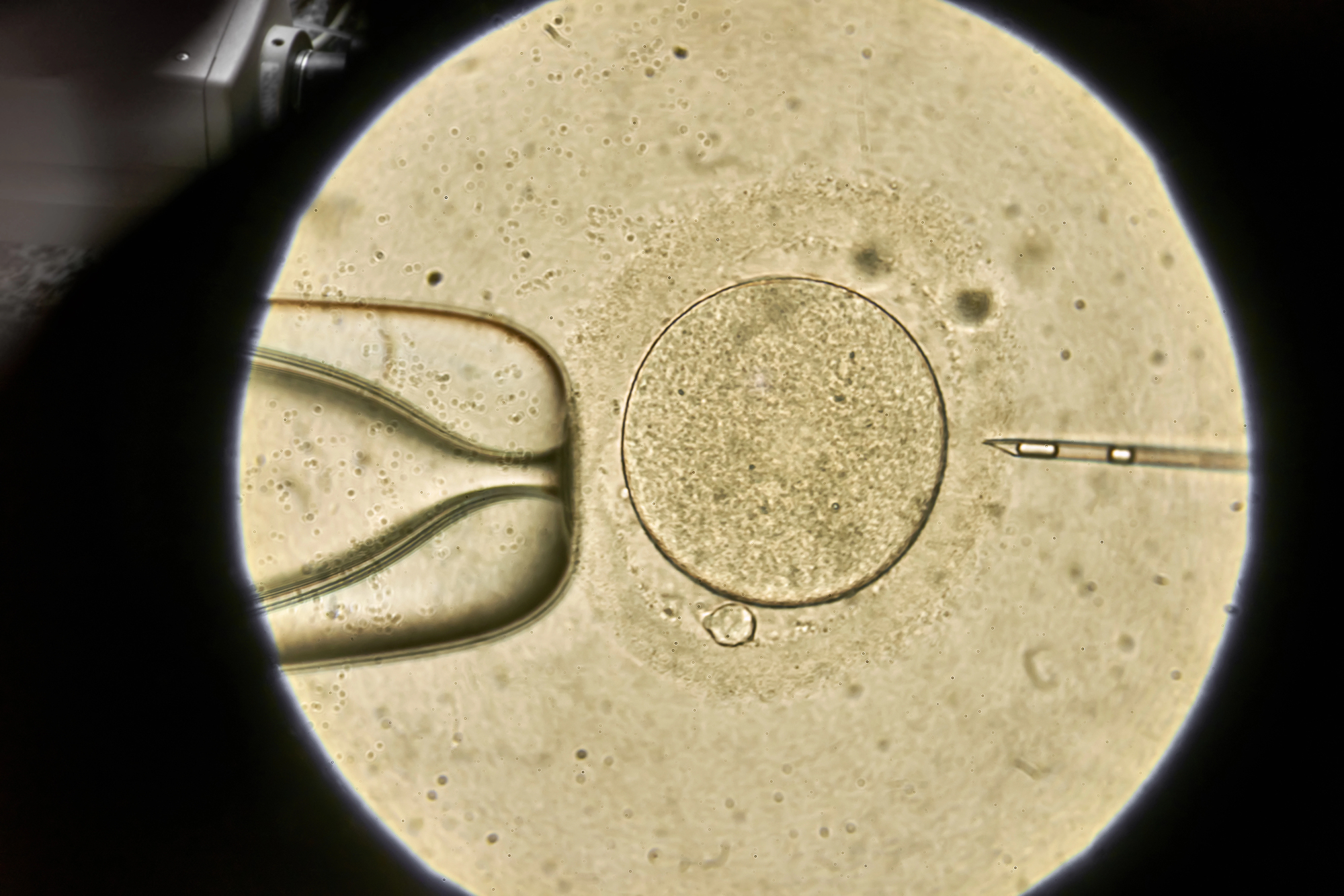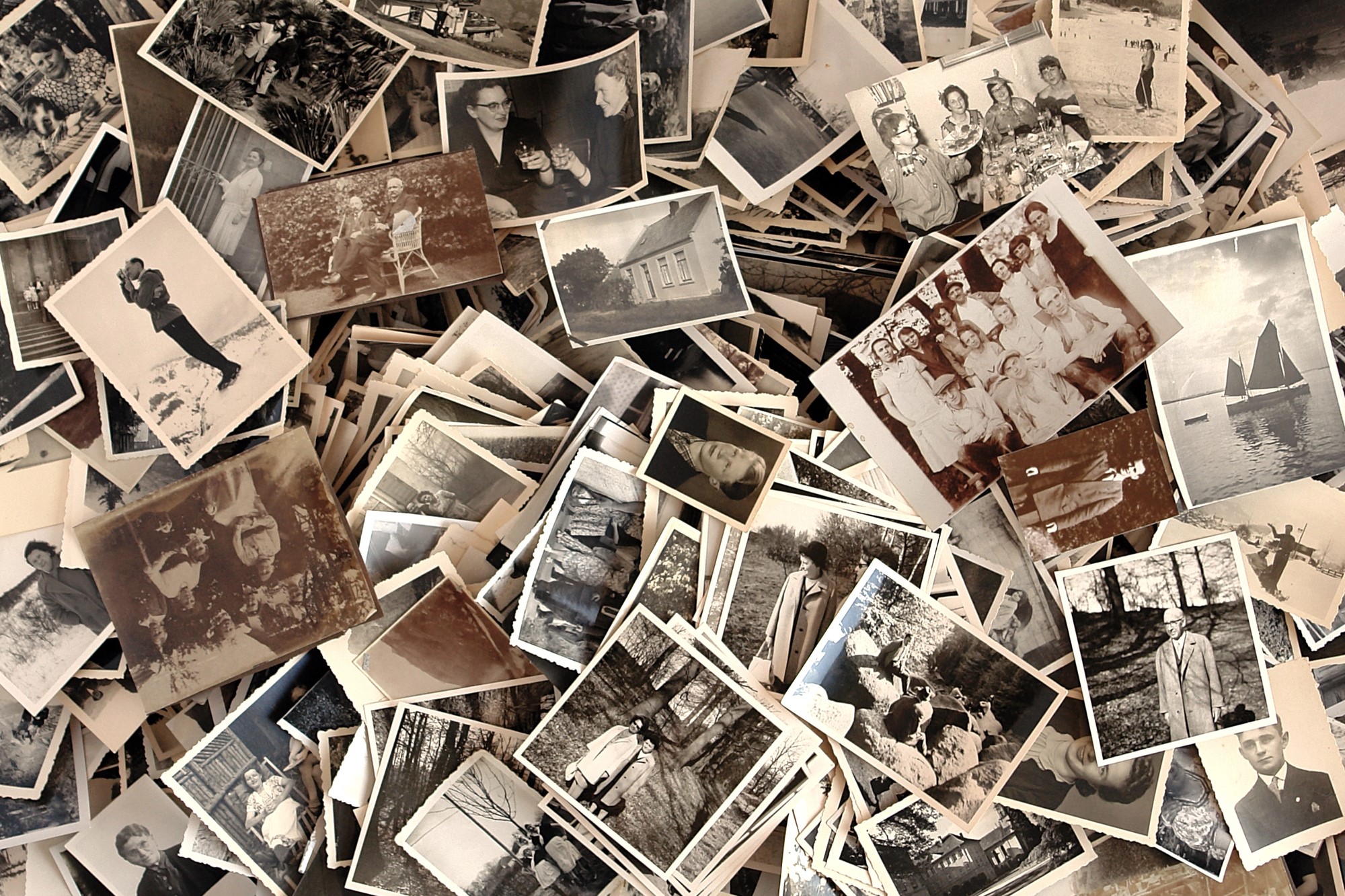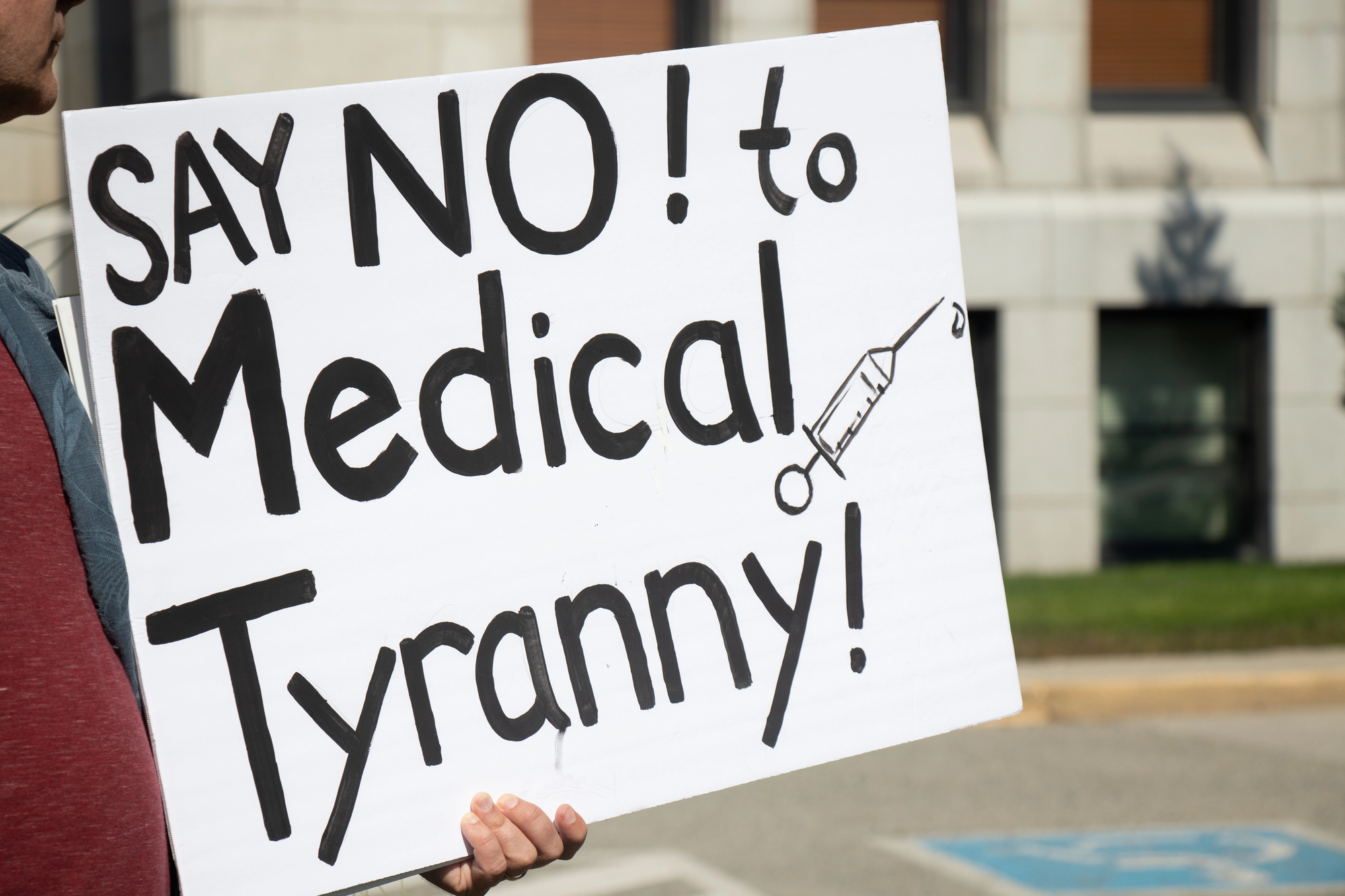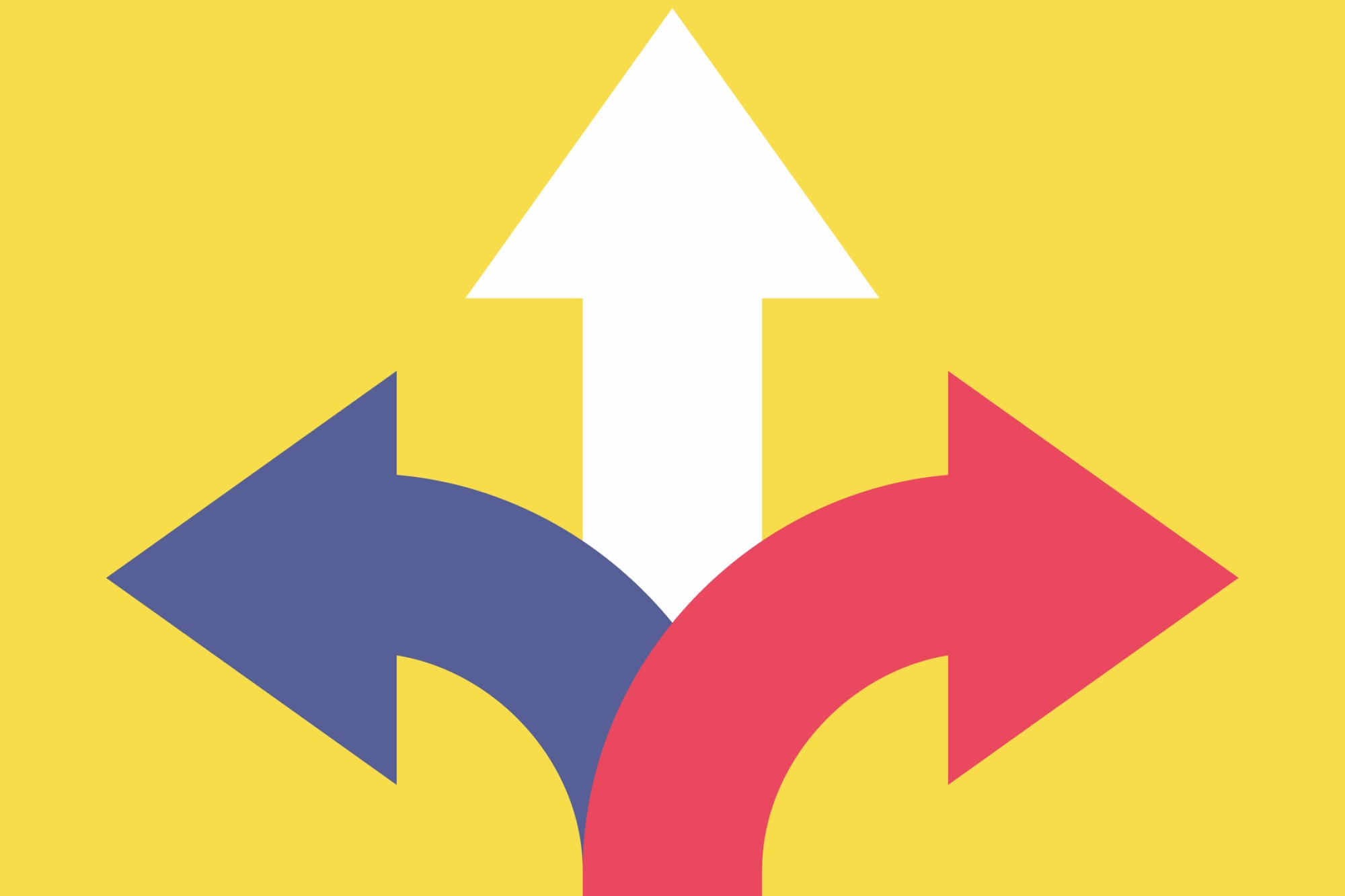Who Pays for a Life Saved?
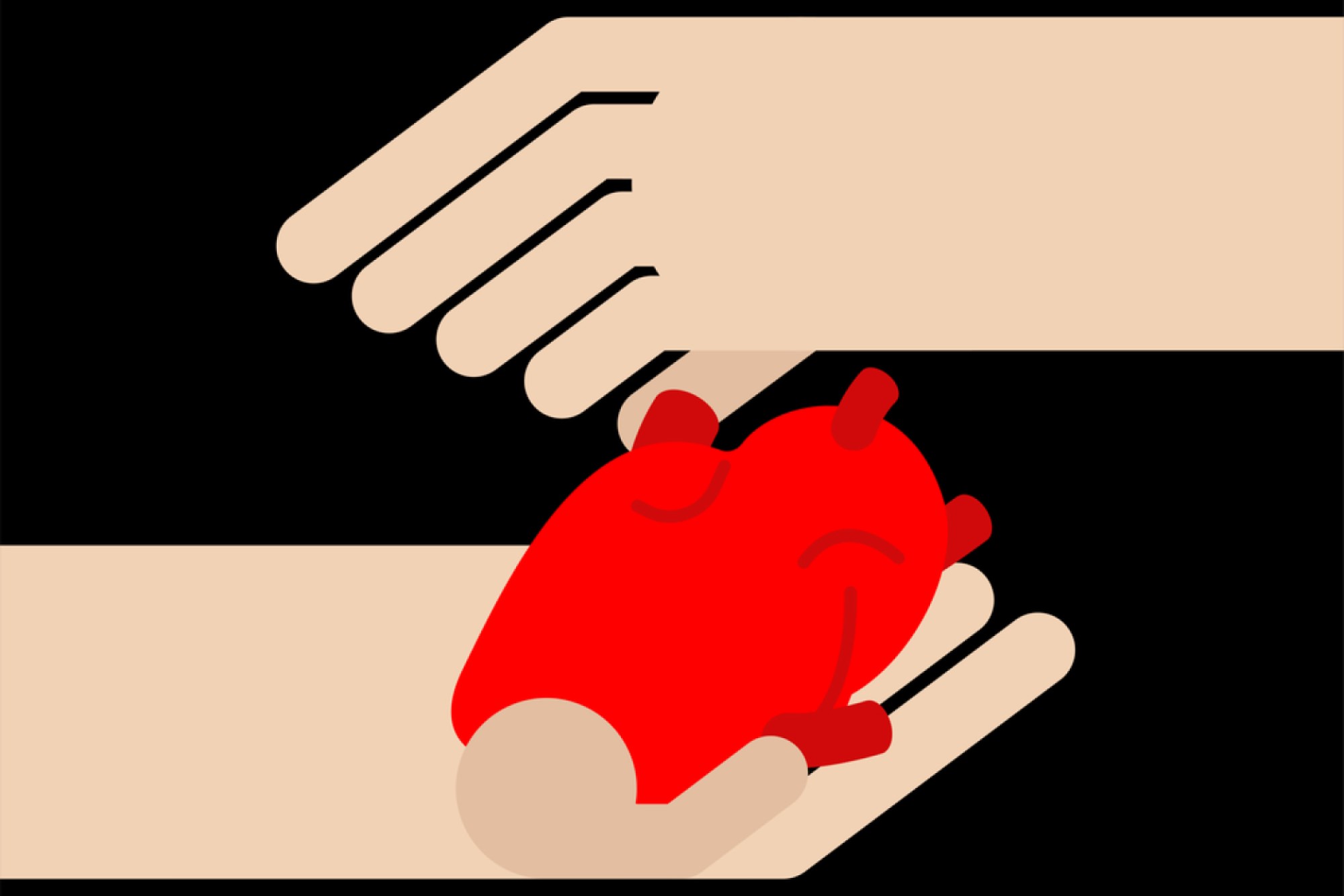
I had to renew my driver’s license last week. As part of the process, there was a section on the form asking whether I would consider donating my organs after my death. After a bit of back and forth, I consented. My reason for this was relatively simple: it’s a morally good thing to do. This is a conclusion I would expect many of us to come to. That by allowing the harvesting of organs after our death — by potentially saving the lives of up to eight people and greatly enhancing the lives of many more — we do something praiseworthy.
However, while donating organs after one’s death is most certainly a good thing, it lacks the virtue of selflessness. After all, I don’t lose out on anything if I donate after my death. It doesn’t have any material impact on my life if, after my demise, my heart, kidney, organs, liver, and numerous other organs and tissues are surgically removed from me and given to many others (as a sidenote, I did opt-out of donating my retina, and I can’t justify that decision). Yet, there is another mode of donation that does have a material impact on the donor: living organ donation.
This form of donation, as the name implies, involves the removal of non-vital organs and tissues while the donor is still alive. The benefits for the recipient of the organ are notable, as they receive an organ or tissue that has not begun to undergo the degradation that sets in after death. Instead, the organ or tissue is as fresh as it can be. Obviously, however, having surgery, having an organ removed, recovering from an operation, and living the rest of one’s life with a biological part of oneself missing can have significant impacts on the donor. As such, while deceased organ donation is undoubtedly something to be praised, living organ donation is perhaps more so, as those who do the latter do so with the knowledge that the beneficial act will have a detrimental effect upon themselves.
It may come as a surprise (or perhaps not) that, despite the moral praiseworthiness of living organ donation, instances of it are exceedingly low. In the UK, for example, according to the Human Tissue Authority, across all four of the home nations (England, Wales, Scotland, and Northern Ireland), there were only 88 living organ donations. That’s for a country with a population of nearly 69 million people. The rarity of living organ donation concerning population size is also a notable feature in the US, where, in 2023, there were 6,953 living organ donations. This means there were an average of 579 operations per month over the 12-month period, which, for a country with a population of over 340 million people, is vanishingly small.
So, the question is, if living organ donation is not only morally superior to deceased organ donation — as it involves a greater sense of virtue, but also leads to better outcomes for those needing organs — then how can we encourage more people to do it?
One potential solution is to compensate individuals for their organs. In essence, allow them to sell the bits of their body that they don’t need. This, as Arthur Matas argues in the BMJ, would increase the supply of organs by incentivizing people to donate who might not do so otherwise. With a greater supply of organs should come an improved capacity to save lives.
Yet, while paying people for their tissue and organs might sound like a effective and justifiable method to increase supply, it does come with a considerable risk; that those who would donate their organs would do so not because they wish to help others, but because they need the money.
This seems to be the case in the Kalai Upazila region of Bangladesh. As a recent piece by Al Jazeera reported, the area has become a prime hunting ground for organ brokers, who descend on the region looking for those whom they can convince to cross the border into India to donate their organs for payment. Instances of living organ donation have become so prevalent in the area that the village of Baiguni, which sits right in the epicenter of the brokers’ hunting ground, is known by locals as “the village of one kidney.” The reason why brokers target this area is rather apparent: it is one of Bangladesh’s most impoverished. As a result, the people there face the most tremendous pressure to find ways of making a living. The brokers are aware of this and take advantage of it.
So far, this is not necessarily a bad thing. After all, if those in the area need money and can obtain it by selling an organ, then not only has someone received potentially life-saving surgery, but the donor now has the financial means to care for themselves better. Unfortunately, those who donate an organ don’t always get the payment the brokers promised them. As the Al Jazeera piece continues to report, many who make the trip to India receive little to no compensation for their donation. What’s more, they are also denied essential after-surgery care and, in some cases, even transport back to their home. In short, the brokers benefit, the person receiving the organ benefits, but the person who donated, who is the most vulnerable and open to exploitation, gets nothing except, in many cases, a lifetime of medical complications and pain.
Now, the account I’ve provided omits several complexities from the Al Jazeera piece (and I encourage you to read it), including the international and criminal elements. However, what I’ve hoped to capture is the very real problem of exploitation. When financial incentives are introduced into organ donation, they don’t apply evenly across society. They exert far more pressure on those with little than on those with much.
And this isn’t only a problem in faraway places. Even within wealthier nations, the same question arises: when donation rates remain low — whether living or deceased — and the demand continues to grow, how do we increase supply without compromising the dignity or autonomy of the vulnerable?
We’re left, then, with an uncomfortable but necessary ethical dilemma. If pure altruism isn’t sufficient, and monetary incentives risk turning desperation into coercion, how do we build a system that saves lives without sacrificing justice?
That’s not a question with an easy answer. But perhaps it’s a question we each must ask ourselves, not just when we’re handed a driver’s license form, but whenever we’re faced with the quiet, everyday choices that reveal what kind of society we’re willing to be part of.

